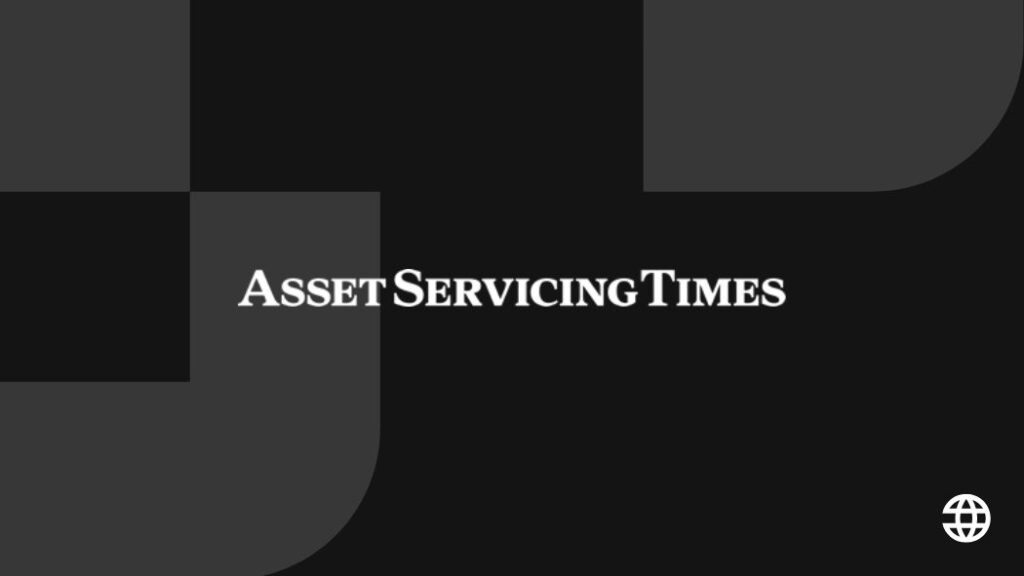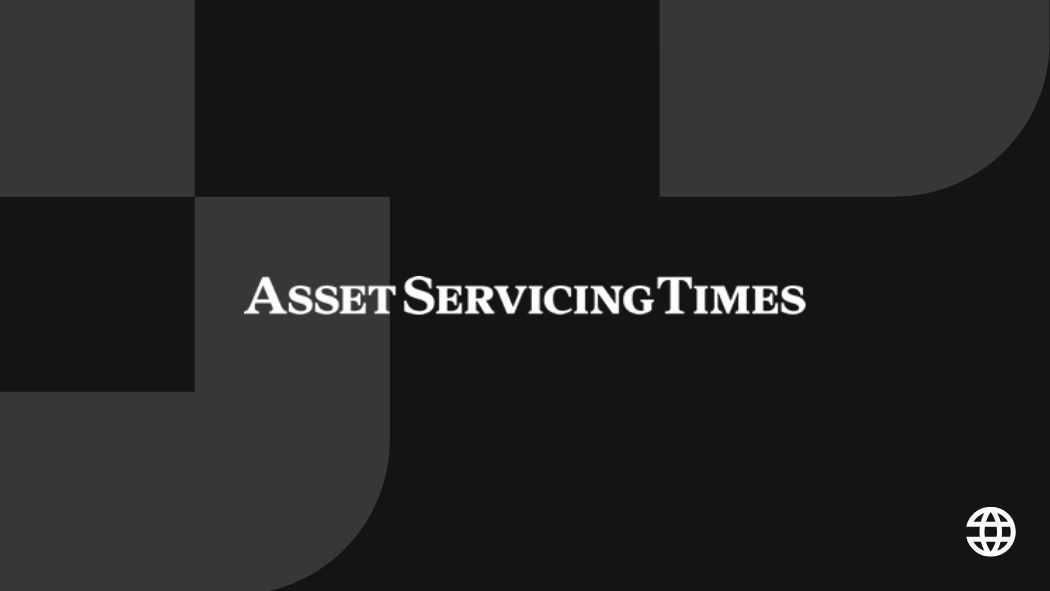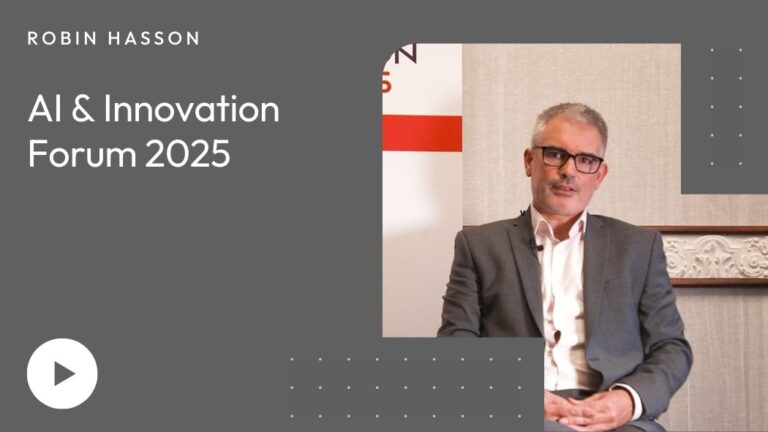Jason Ang of Smartstream
“Assets are often trapped in fragmented, inefficient collateral frameworks, and moving them to where they are most needed is operationally intensive, time-consuming and expensive. Asset tokenisation offers the hope of greater mobility”, says Jason Ang of Smartstream.
Requirement for liquidity
Post-crisis changes to the financial system, such as central clearing and Uncleared Margin Rules (UMR), have heavily driven the use of collateral between counterparties to financial derivatives deals. While reforms have proved beneficial in mitigating counterparty credit risk, the need for collateral has grown significantly, creating a greater requirement for liquidity.
Liquidity risk represents a growing hazard for financial institutions, as recent stress events — for instance, the 2020 ‘dash for cash’, the 2021 Archegos Capital Management collapse, or the 2022
UK gilts crisis — have shown. When markets move in sudden and unanticipated ways, institutions can find themselves forced to meet sizeable and unexpected margin calls — with the potential to affect their own financial stability and that of the industry more widely.
These are not the only headwinds firms face. Rising interest rates have driven up borrowing costs, meaning meeting margin calls using cash has become an expensive business. The introduction of T+1 settlement in the US, Canada, and other jurisdictions, and its advent in the UK, Switzerland, and EU in 2027, will create an even greater demand for liquidity.
Optimisation strategies
In today’s challenging landscape, optimisation strategies are now essential. The International Swaps and Derivatives Association (ISDA) released a whitepaper titled ‘Collateral and Liquidity Efficiency in the Derivatives Market: Navigating Risk in a Fragile Ecosystem’, and formulated recommendations on a variety of helpful optimisation approaches. These ranged from the utilisation of multilateral initial margin rebalancing to reduce margin requirements, and the greater use of repo and securities lending markets to meet collateral demands, through to the leveraging of cross-product margining opportunities in relation to centrally cleared positions and provisions for allowing for tokenised assets to be used.
Improved collateral governance, robust data management, and higher levels of automation can play a vital role too. Advanced technology, such as Smartstream’s collateral solution, can enable institutions to meet financial and regulatory demands more cost-efficiently, thereby offering valuable assistance.



